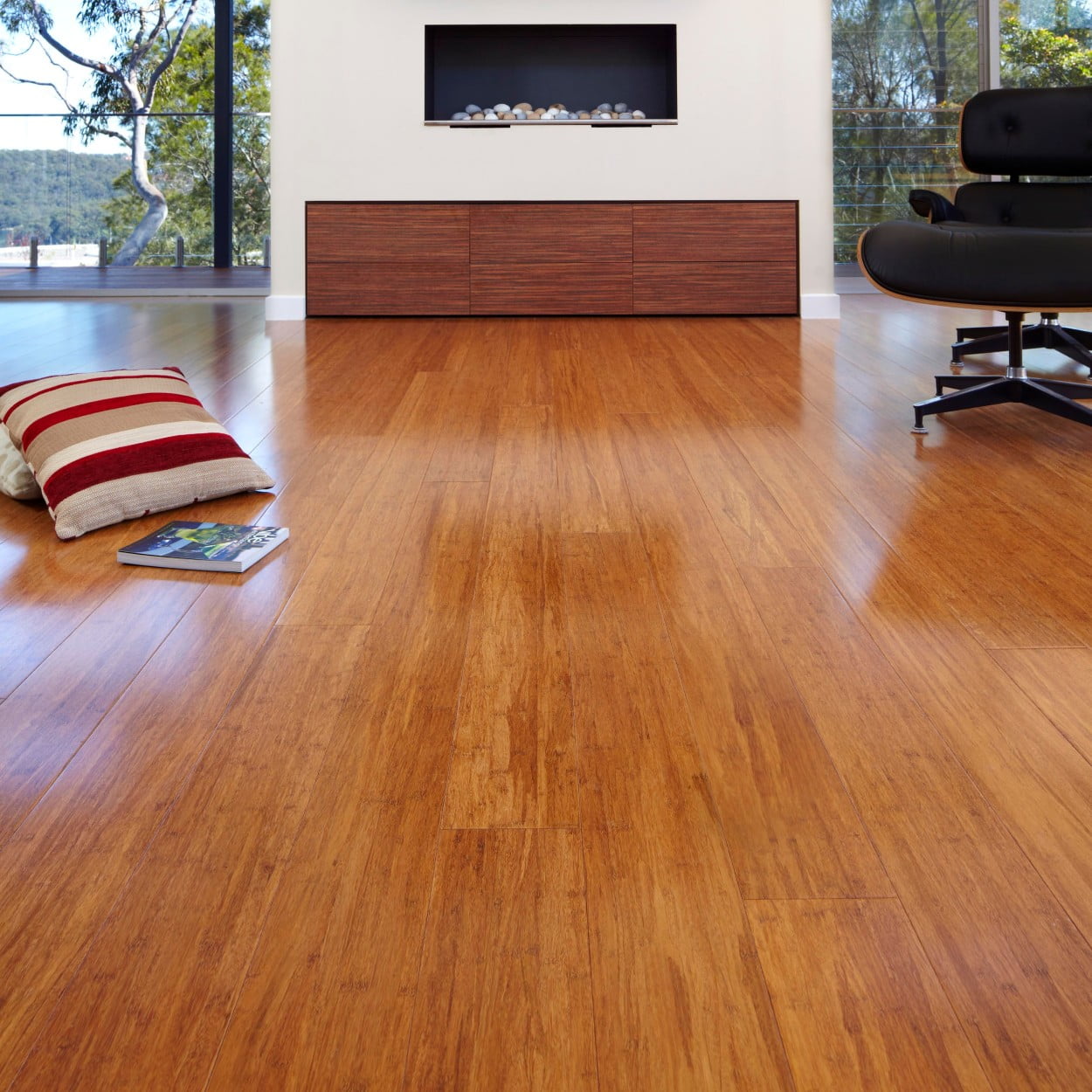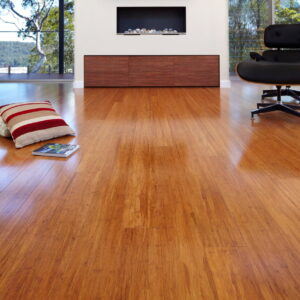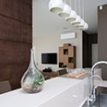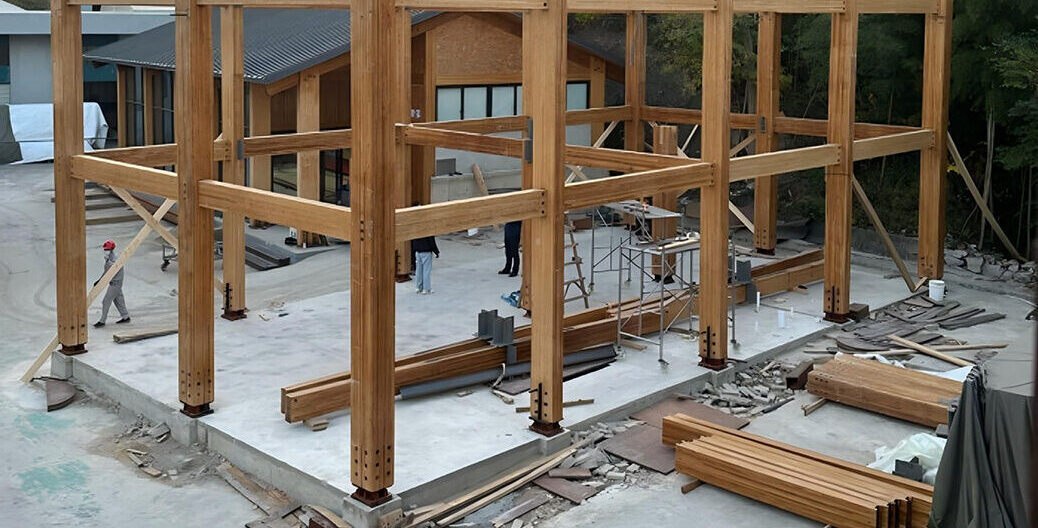
Bamboo Flooring: A Look at the Pros and Cons of this Natural Flooring Solution
House of Bamboo, Sustainability
Share
- X
More and more homeowners now think about sustainability when renovating or building a home resulting into the increased popularity of bamboo as one of the most viable flooring options. In a short time, the shift in customer behaviour has catapulted bamboo to the top of the list of wood flooring solutions. Similar to the traditional materials used in homes – granite, marble and hardwood – bamboo is a natural product. Although it shares many similarities with hardwood, it is a type of grass that can outperform its wood competitors . The more you understand the many properties of bamboo, the more informed you will be when deciding whether a bamboo flooring will work with your lifestyle. So, to get you started, here are the pros and cons of bamboo flooring.
How is Bamboo Flooring Made?
All bamboo flooring is engineered. After harvesting, bamboo shoots are cut, sliced and shredded into long thin strips before they are pressed back together using adhesives and pressure. The end result is a long-lasting wood flooring that is visually similar to hardwood. There are three common types of bamboo flooring.
Vertical bamboo is distinguished by its uniform and textured look, with more seams and edges visible.
Horizontal bamboo, on the other hand, resembles a typical hardwood only it has distinct knuckles that will tell it is bamboo.
Strand woven are fibres that are compressed through the compression process and bound with a resin.
5 Factors That Affect The Quality Of Bamboo Flooring
Although bamboo floors may appear to be identical, there are actually several differences that set each other apart – and as a provider of sustainable bamboo materials since 1972, we believe that the overall quality of bamboo start with the harvesting, followed by other important factors.
Harvesting: While bamboo reaches full height in as little as 3 to 4 months, it still takes at least 5 years to achieve its peak density and hardness. Thus, when harvested prematurely, the result is a weaker bamboo flooring.
Drying: Since bamboo largely thrive in sub-tropical environments, it needs to be artificially dried to help it achieve the appropriate moisture content. This process aids in preventing shrinkage of the finished product.
Adhesive: The glue used in high-quality bamboo flooring is a phenolic resin which has low toxicity and meets world health requirements. In cheaper bamboo flooring, a phenol or urea-based adhesive is used as it is lower in cost and contains some amount of formaldehyde.
FSC-Certification: An FSC-certification indicates the bamboo flooring manufacturer values sustainability. It gives you the assurance that you are purchasing FSC-certified material that used bamboo harvested from sustainably managed forests.
Possible Green-Washing: Sadly, greenwashing is widely prevalent even in the bamboo flooring industry due to bamboo’s emerging market potential. Aside from the potentially misleading information, this increase in popularity also brings about a market competition that provides varying floor prices.
Advantages of Bamboo Flooring
Eco-Friendly Bamboo is a highly renewable resource that can reach full maturity in as little as five to seven years. It means that bamboo can be harvested more often than any hardwood tree that can take up to 20 years before it matures – and since bamboo is a grass, it continues to grow without the need for replanting.
Natural Material As homeowners become more eco-conscious, the demand for construction products that reflect their values have reached an all-time high – and bamboo consistently proves to be a better and natural flooring alternative that offers distinct results unfitting for the cookie cutter world.
Easy to Maintain Bamboo flooring is relatively low maintenance – with regular sweeping and mopping, you can keep it clean and looking great for years. All you need is a mild soap or a vinegar-water solution to mop the floor with or if you want to level things up, you can also use a specific bamboo floor cleanser.
Durable Some certain types of bamboo can be remarkably strong and durable. In particular, when properly harvested and processed, natural and un-carbonized bamboo can last as long as hardwood floors, while strand-woven bamboo can be far harder than that.
Stylish Although similar to hardwood in appearance and feel, bamboo flooring still has an exceptional flair – not to mention, a sleek finish – that fits well to a clean and modern aesthetic. Its contemporary appeal has the ability to elevate any space almost instantly.
Variety Another benefit of bamboo flooring is that it comes in a wide range of styles and colours. A natural bamboo is light yellow in colour, but when carbonized, it lends a darker colour to the floor. Stained bamboo, on the other hand, can be made to create abstract streaks in different shades.
Refinishing Potential Over time, bamboo floors can become discoloured, dented and scratched, creating bumps and crevices. But, it’s comforting to know that the surface can be refinished whenever needed, providing a new and even look to the flooring again.
Pest Resistant Bamboo is naturally immune to insects thus, bamboo floors generally don’t require pesticides to keep the residence free of ten
NOTE: Bamboo is resistant to water due to the polycarbonate coating applied otherwise it will respond the same as any timber floor.
Price The sustainability of bamboo allows the material to be priced considerably lower than traditional hardwood floors, making it a cheaper option for budget-wise re-modelers. It is typically priced at $60 – $80sqm per square foot. However, you have to take note that cheaper isn’t always better, so it best to do your research first.

Disadvantages of Bamboo Flooring
Prone to Scratches
Although durable, any type of bamboo flooring is susceptible to dents and scratches. Sharp objects such as heeled shoes, furniture legs and pet nails can scratch the floor, as can the dust that accumulate in the floor. But, as mentioned earlier, the damage can be remedied by refinishing the surface.
Water Damage Potential When under normal conditions, bamboo is as water-resistant as traditional hardwood flooring. But, it still is a natural material and prolonged exposure to moisture can result to warping, discolouration and mould growth.
Sensitivity to Humidity In the same manner, bamboo floors can be vulnerable to environments that are too dry or too humid. Dry air can result to shrinking of the bamboo planks while humid air can plump them up. Either way, the planks will likely crack and split.
Potential Lack of Hardness If bamboo isn’t allowed to fully mature before it is harvested, the flooring will be soft and non-durable. Likewise, darker bamboo planks are typically softer, as the carbonization process they have gone through can weaken them structurally.
Style Limitations Although the contemporary look of bamboo is the factor that makes it an ideal option for most homeowners, it is the same trendy vibe that may reduce its versatility in interior designing. Its aesthetic appeal may only be suitable to modern aesthetics.
Possible Toxins Emission Low quality bamboo floors may potentially contain high levels of toxic chemicals. In most cases, the adhesive used in the manufacturing process can release VOCs or volatile organic chemicals, which over time can contribute to air pollution in the surrounding.
TIP: To ensure the safety of your family, purchase from a manufacturer that sells low-VOC products.
Lack of Grading System Most of the natural building materials available come with a grading system that rates the quality of the product. However, there is not an established grading system to rate bamboo floors yet, so there’s a higher chance that you mistakenly purchase poor quality planks. To avoid this, it is crucial to do your research on the brands you consider.
Is Bamboo For You?
Both the list of the advantages and disadvantages of bamboo flooring can go on. However, you can reduce the risk that often comes with opting for this type of flooring by responsibly selecting high-quality bamboo for your floors and maintaining them properly. At a time where the construction industry produces 40% of all global waste, natural materials are the most sustainable way to build and decorate your home.
If you’d like to discuss your residential or commercial projects with House of Bamboo Design Consultants, call 1300 665 703 or chat with us online at houseofbamboo.com.au









